FRCR 2B exam – Recent experience and a few tips and tricks!
This a guest post by Dr. Saurabh Joshi, a colleague and a good friend of mine who recently cleared the FRCR 2B exam. He shares his experience and tips and tricks that helped him sail through all the steps. He has also contributed a set of interventional radiology (IR) cases and we also plan to come up with an article about IR soon! I would like to thank him for this post and if you too would like to share your experience do contact me or drop a message in our telegram group!
I have cleared my FRCR 2B exam in the recent special sitting that was conducted by RCR in January 2019. First I would like to thank RadioGyan and the brain behind it, Dr. Amar Udare for the help that I received. The FRCR exam blog by Dr. Inthulan on RadioGyan.com helped me a lot, especially the part about resources and books.
Why am I writing one post more now? It is because I felt there are few things that you should know when you are attempting the FRCR 2B exam. I gave my first exam in the Autumn 2017 session. I was fairly ill-prepared, although I did attend 2 courses. I lost out by 1 mark in 1 viva session, securing pass marks in Rapids, cases and other viva. I thought, maybe on a luckier day, I would have passed. In October 2018, I got the mail about the special sitting and decided to go for it. I had the experience of last time with me. This time I managed to clear. But a few things had changed in between. Now the written components, ie long cases, and rapids are also done electronically. Therefore, I felt I am in a rather unique position to comment about it. Also, having experienced the trauma of exam once and having had to undergo it again, I felt it was better that I write about my experience so that other people can be better prepared.
-
Time for preparation for the FRCR 2B exam:
As Dr. Inthulan has written in his FRCR blog, it is mandatory that you get at least 3 months of study under your belt before you go for the exam. I was offered a place prior to Autumn 2017 also, but I had refused due to family commitments. However, I should have anticipated that I will probably get a place in next sitting. I did not. I started my study only after I got the mail that RCR is able to accommodate me in the Autumn exam. I felt at that time that I would have sufficient time. But it was not to be. In the hindsight, I feel I needed a bit more. The issue which probably everyone does and will face is that we are working full time somewhere when we are appearing for the exam. That takes a bit of toll. So, though we may not be lacking in knowledge, we may lack in preparation.
Advice: Try to anticipate when your chance will come and then accordingly plan your studies. You should start a bit early if you are working full time. Also, try to cut down on your work in the last 2 months (It is easy to say but difficult to practice, but that’s life, isn’t it?).
-
Courses for the FRCR 2B exam:
You HAVE to attend training courses. There is no option, even if you have been a gold medalist. This is because you are not there to learn radiology. You are there to learn how to clear FRCR. There is a lot of difference between the radiology exams that we undergo and the FRCR 2B. You need to learn the tricks of the trade to pass. So please attend courses. How many and which I cannot say. I had attended 2, one in India and one in the UK prior to my first exam. This time I attended a viva session in the UK. Now, in the hindsight, I feel I should have attended one of the courses earlier than I did. Let me clarify. I attended the course when I was appearing for the exam. It left me little time to practice for EXAM in a certain pattern and also revise on Radiology knowledge per se.
Advice: How many and which courses you attend may be less important than when you attend them. I feel attending a course just before a prior sitting may be of more value. That way, if there are people who are going for the exam in that sitting, you will benefit from their knowledge and approach. You will also know what should be your approach while preparing for FRCR. Mugging entire G&A or RRM may not be enough if you don’t know the exam technique. I found that the second time around, I studied better and smarter. So if you feel that you may get a chance to appear in Spring exam, please attend classes that are held before the previous Autumn exam. You can check the list of courses in the FRCR exam blog.
PS: If you feel the examiners in the courses are teaching you radiology rather than the viva preparation techniques; then you may not be ready.
-
Your area of interest /subspeciality/current working doesn’t matter.
This was especially important for me. It may not be applicable to many of you. I am into Interventional Radiology since the last 4-5 years. So I am not in touch with reporting routine CT / MRI or radiographs. So, I found it a little difficult in the beginning. If you are doing specific practice like MSK or neuro etc, you may want to brush up your knowledge of other systems a bit more. Also, in the FRCR exam, they are looking for cautious radiologists who will probably undergo further training for CCT / CESR. They are not looking for high-fi diagnoses, neither the cases will be of extremely rare pathology or such.
Advice: Each and every system is important, MSK and chest the most. So if you are not reporting pediatric radiographs or Bariums or mammograms often, please make sure you cover all the systems in your preparation. If you get 2 xrays / films in viva of which you know nothing, you will not catch up to pass level even if you do rest brilliantly.
-
Rapids
Rapids is the make or break as rightly pointed out by Dr. Inthulan. If you can go big in rapids, it is the only place where you may get a 7.5-8. I feel, due to our exam system of spotters, we are very good at picking up findings, however subtle. This translates into imagining findings in normal and overcall. It is a cliché but it holds true. We lose more marks in overcall as opposed to misses (abnormal xray called as normal). Practice is the only way out for rapids. No one can coach you into it, as can be done for vivas and long cases.
Advice: Solve as many practice tests as possible. In the exam, more often than not, the Xrays will be of better quality than the practice rapid packets available online. Also, the pathology when present, will be clear so as to minimize interobserver variations and disputes. There are many free and paid rapid sets available. There are some mistakes in all of them. Do not let that get you down. Some sets will have subtle abnormalities more. After these sets, I found that I was overcalling more. You must avoid this in the FRCR 2b exam. I did sets from 4 sources. But for the last 2 days, I did sets from the source where I was getting the best score. This way, you are in a zone where you are confident and you are calling normal and abnormals based on what you are seeing in that image rather than your last set marks. Also, one more thing that I did which I felt made me more confident was to solve a few sets xray wise rather than solving the entire set together. Eg, for 10 sets or so, rather than solving all the 30 xrays in one set, I solved chest xrays in all 10 sets. Then I did all elbow xrays in all 10 sets. This helped me because I had seen most elbow pathologies at one go and I could decide normal Vs abnormal with more confidence.
-
Computer-based exam
In 2017, the exam was done with pen and paper. This time it was computer based. For me, computer based sounded better because it takes out the handwriting from equation (mine is pretty bad). My typing speed is decent so I thought it will not be a major issue. On the RCR website, they have the practice sessions on the ‘Practique’ platform on which exam is conducted. I did practice it 2-3 times before exams. On the day of the exam, it all went smoothly. One of the students in my hall had some issue but they allotted extra time for that. After exam though, some students did complain about lack of enough time in cases as well as rapids due to typing etc. Here is an explanatory video by the RCR:
Advice: It is imperative that you practice for the electronic exam. I did all my practice rapid sets on my laptop in a word file so that I am used to it. You must do the same. No point in writing it down if you are not going to do the same in the exam.
I also solved 3-4 long cases sets on my laptop by typing all the answers. Most of the courses now will have a similar working. But it is always better to make a habit of it rather than a one-off occurrence.
-
Getting the maximum benefit from the electronic exam:
As I said earlier, if you practice, your input skills will be adequate for all answers. More important is that you identify the findings correctly. If you carefully go through the tutorial video, there are many functions useful to us. I found that using shortcuts saved a lot of time for me. Eg, for panning, rather than going to the menu and selecting pan, I used the keyboard shortcut of P. There are similar shortcuts for almost all the functions. I felt I saved at least 2-3 minutes in rapids and long cases by using shortcuts.
Also, for rapids, there is an option to flag cases. I used it to track pending answers at first and normals later. However good you are, you will have some doubt in at least 1-2 xrays. A general rule of thumb is there will be more abnormals than normals. So you may have 16-18 abnormals and 12-14 normals. Sometimes this can tilt your decision to mark a really hard xray as normal or abnormal. So I decided to flag the xrays which I wanted to come back to later on. As I went through the xrays, I started flagging the normal ones. So, when I finished my first run, I had an idea as to how many are remaining and how many normals I have marked. This worked for me. You may say that you should judge each xray and all. But in the end, we want to clear the exam first. So whatever works, helps.
Advice: Make a conscious effort to know and use the keyboard shortcuts in the exam. It will save you some time. Also, try and use the flagging option. You may use it in any way you want, not necessarily how I used it. But it is there and try to make it work for you. Every little thing counts.
-
Differentials
There is no alternatives to blurting out DDs. How you want to remember them is upto you. I spoke to a few people after the exam and this was a common issue. Unable to provide DDs. Even I had one case where I was stuck for DDs for some time. Mug up your DDs one way or the other. Chapman, Top 3 Differentials in Radiology: A Case ReviewMnemonics for Radiologists and FRCR 2B Viva Preparation: A Systematic Approach (Masterpass). Use any method. You have to know DDs and give at least 2-3 of maximum relevant for that case spontaneously.
-
Patterns in chest radiographs:
Similar to DDs. You have to know patterns and their causes. It is highly likely that your first viva film will be a chest radiographs. If you fumble in that, your confidence goes down. Mug up patterns and their DDs. Even if you come up with a wrong DD as first, they will take you to the correct one.
-
Books for the FRCR 2B exam
These have been already covered in the FRCR exam blog by Dr. Inthulan.
- Accident and Emergency Radiology: A Survival Guide – MUST READ for Rapid reporting.
- Final FRCR 2B Viva: A Survival Guide.
- FRCR 2B Viva: A Case-based Approach
- A Complete Guide to the Final FRCR 2B (MasterPass)
- Rapid Review of Radiology (Medical Rapid Review Series)
- Long cases for the Final FRCR 2B
- Top 3 Differentials in Radiology: A Case Review, Thieme publication
- Chapman & Nakielny's Aids to Radiological Differential Diagnosis.
- Radiology Review Manual - Dahnert
I have tried to address a few points which I felt made some difference in my clearing the exam. I believe that all such small things always help you achieve your final result. All the best for your preparation!
You can access other FRCR related resources here:

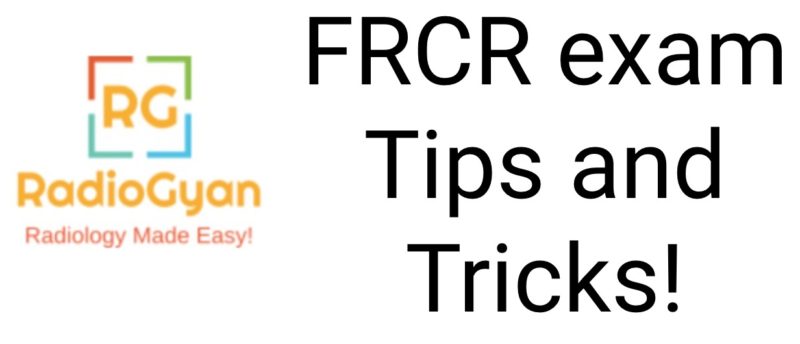



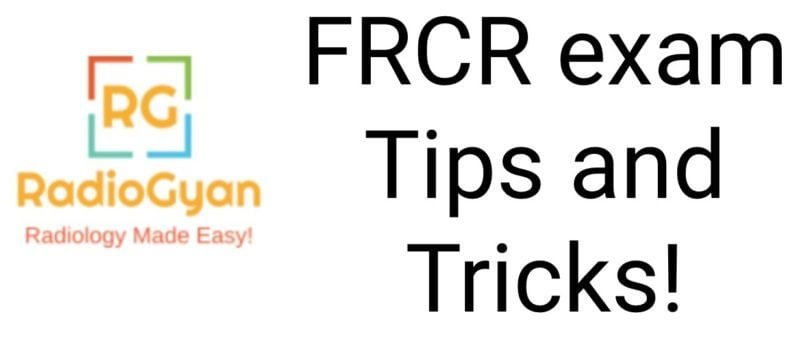
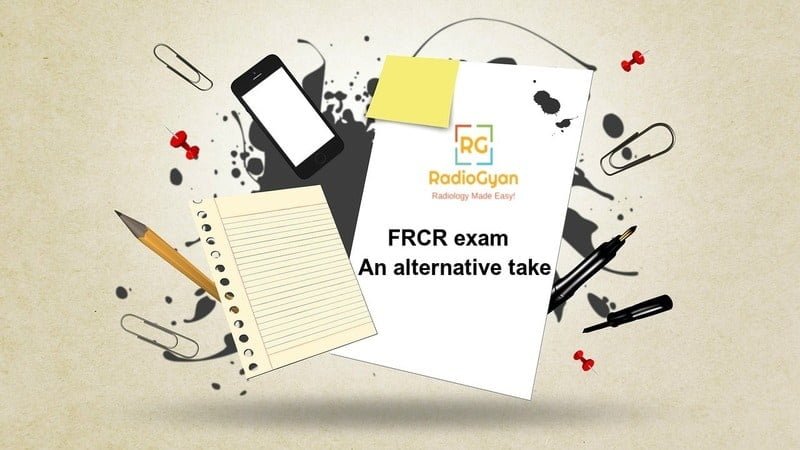
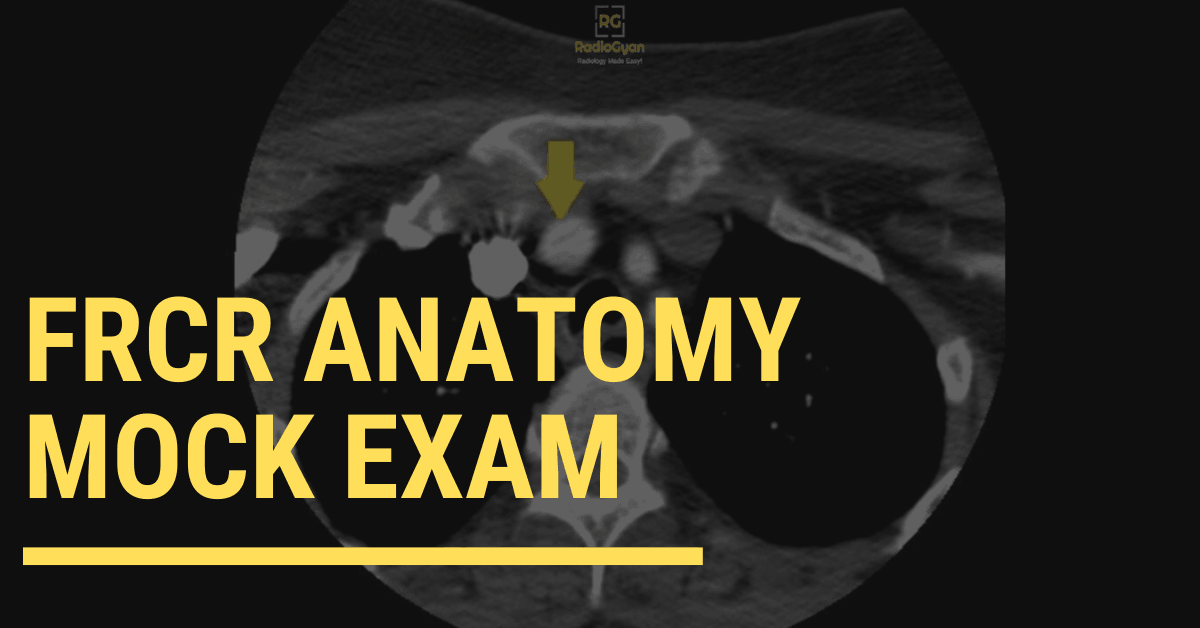


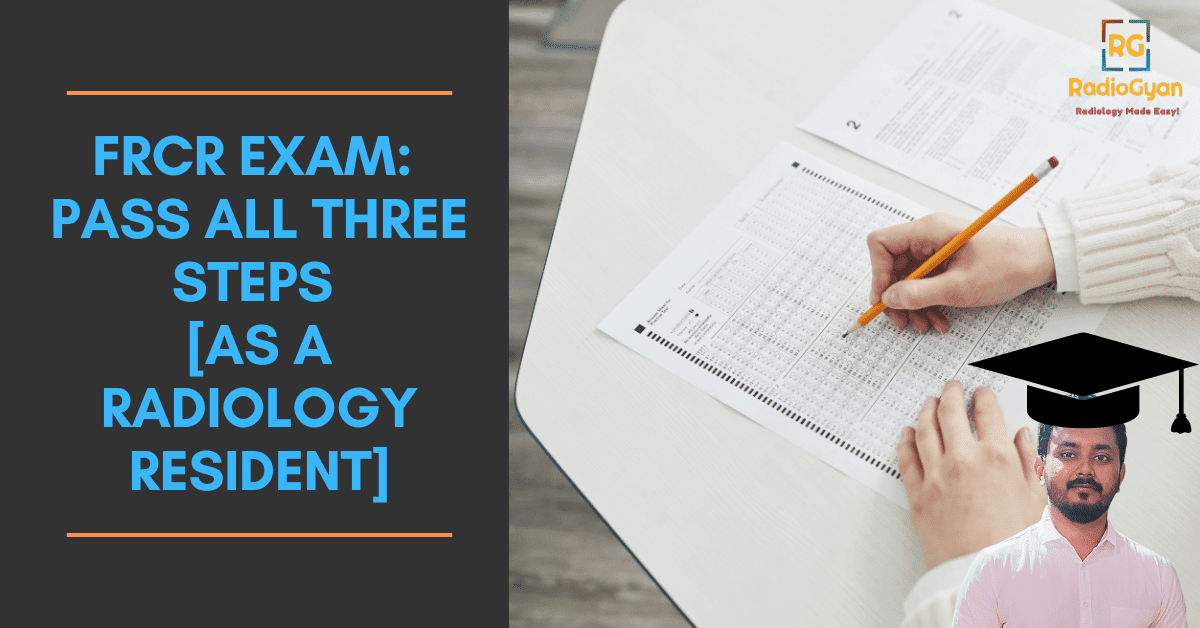
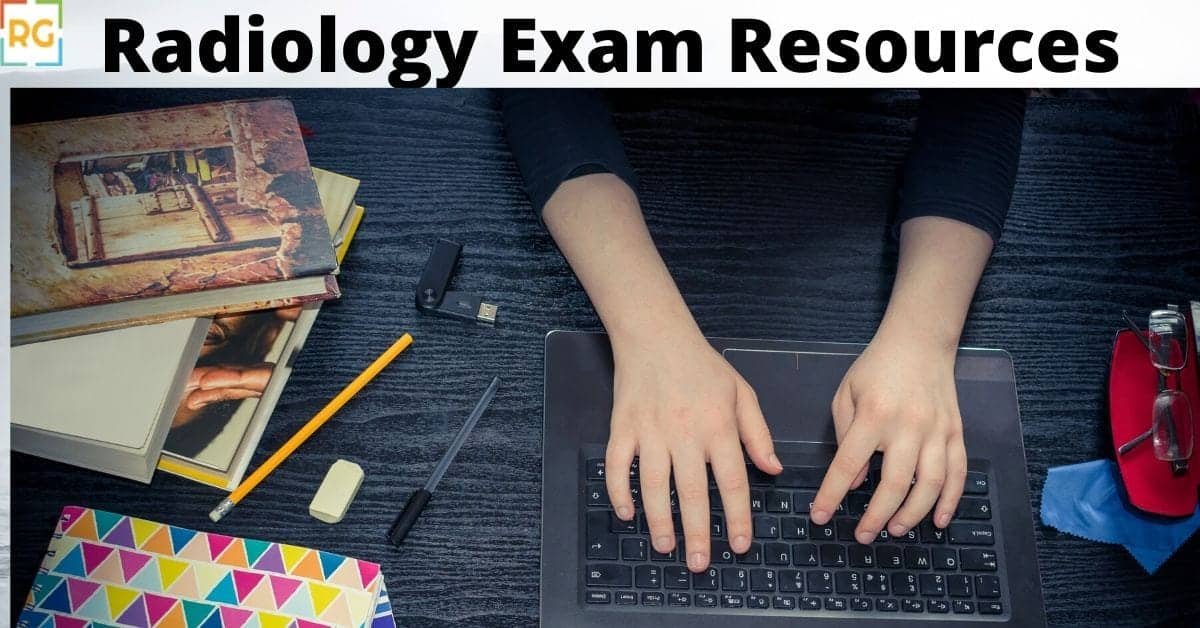
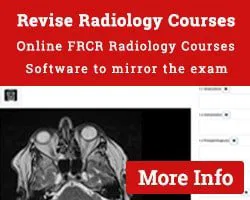


Thank you for your time and effort